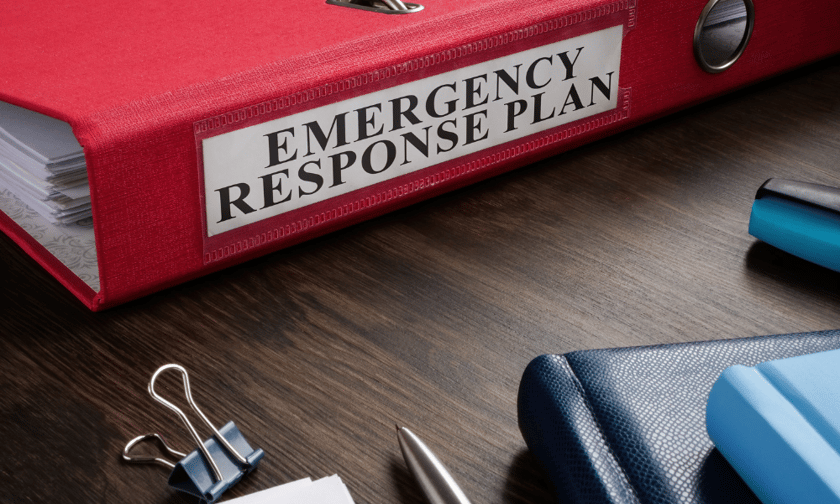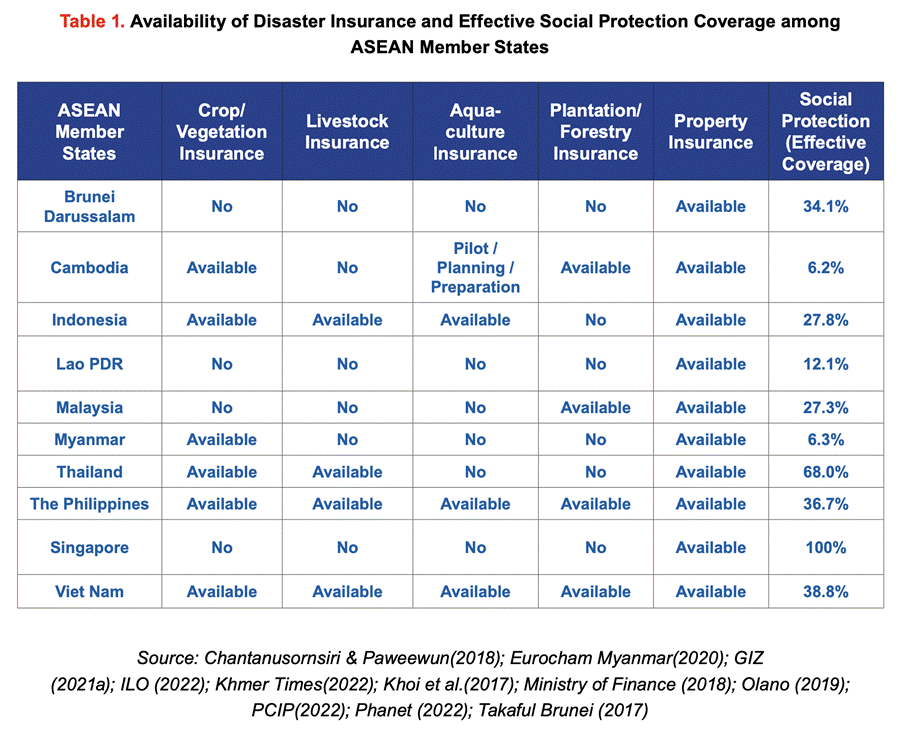

Southeast Asian nations are struggling with a massive disaster funding gap as the region loses an estimated US$86.5 billion annually to natural disasters, according to a new ASEAN Secretariat report.
The ASEAN Socio-Cultural Community Trend Report reveals that more than 2,900 disasters struck Southeast Asia between 2010 and 2020, with agricultural drought accounting for 60% of the economic losses. The region contributed 7.68% of global disaster deaths during 2015-2020 while losing $11.1 billion in that five-year period.
“Currently, ASEAN Member States are experiencing a disaster funding gap, as most disaster-related expenditure are insufficient for optimal rehabilitation and reconstruction,” the report noted.
Indonesia exemplifies the challenge, with an annual disaster allocation of IDR4 trillion (US$2.7 billion) falling far short of its historic average annual loss of IDR22.8 trillion (US$15.3 billion). Vietnam’s government can fund only 21% of estimated disaster reconstruction needs.
The report found significant disparities in disaster risk financing and insurance adoption across the 10-member bloc. While some countries utilize catastrophe bonds and agricultural insurance, others remain in early disaster management phases.
Agricultural and aquaculture insurance coverage remains inadequate despite the region’s heavy reliance on these sectors. Brunei, Malaysia, and Laos lack widely available agricultural insurance, while major fish producers Myanmar, Thailand, and Malaysia have no comprehensive aquaculture insurance programs.
Where disaster insurance exists, sustainability concerns plague several schemes. Indonesia’s crop insurance shows loss ratios exceeding 75%, while livestock insurance surpasses 100%. The Philippines recorded a 97% loss ratio for crop insurance in 2019, and Vietnam’s aquaculture insurance pilot reached a 306% loss ratio.

Social protection coverage remains insufficient, with only Thailand and Singapore protecting more than half their populations. Myanmar and Cambodia lag significantly, covering less than 7% of their populations.
The COVID-19 pandemic compounded challenges, causing an estimated 10.6 million job losses in 2020 across the region.
The report recommends leveraging existing regional initiatives like the Southeast Asia Disaster Risk Insurance Facility and adopting microinsurance to address low-income barriers. It calls for improved financial literacy programs and sustainable insurance scheme designs to better protect the disaster-prone region’s residents.
To address these challenges, the report outlines five strategic recommendations. Member states are encouraged to adopt risk-layering approaches through existing platforms, learning from advanced countries like Indonesia and the Philippines that have successfully implemented disaster pooling funds and catastrophe bonds.
The report emphasizes microinsurance as a solution for low-income populations. These affordable, simplified insurance products have been described to be capable of improving coverage among vulnerable groups who cannot access traditional insurance.
Long-term economic growth has been highlighted as essential for addressing income barriers, while short-term solutions should focus on financial literacy programs leveraging Southeast Asia’s rapidly expanding financial technology sector.
The report also calls for ensuring sustainability of existing insurance schemes by expanding participation to include more low-risk participants, following basic insurance principles. Finally, it recommends adopting global best practices including adaptive social protection programs, solidarity funds, and natural capital protection initiatives through regional cooperation mechanisms.
What are your thoughts on the recent findings? Share your insights below.
